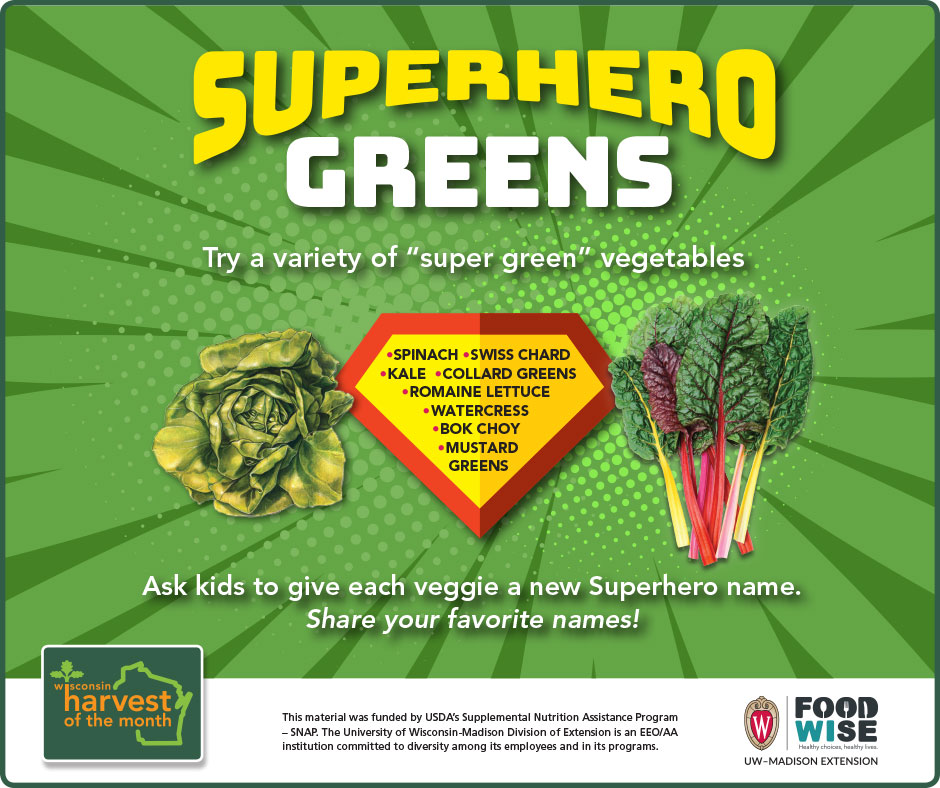
Maintaining a balanced diet is essential for overall health and well-being, as it ensures the body receives the necessary nutrients and vitamins to function optimally. Eating a variety of fruits, vegetables, whole grains, lean proteins, and healthy fats provides a wide range of essential nutrients that support bodily functions, boost immunity, and promote energy levels. Vitamins and minerals, such as vitamin C, vitamin D, calcium, and iron, play crucial roles in processes like bone health, oxygen transport, and immune response. Adequate hydration is also important, as water aids in digestion, nutrient absorption, and temperature regulation. Prioritizing whole, minimally processed foods and maintaining a balanced intake of macronutrients and micronutrients can help prevent chronic diseases and support long-term health.
A balanced diet emphasizing the consumption of fruits, vegetables, whole grains, dairy, and protein is crucial for maintaining optimal health. Including a variety of fruits and vegetables ensures a rich intake of essential vitamins, minerals, and antioxidants. Whole grains provide fiber and energy, while dairy products like low-fat or fat-free milk, lactose-free milk, and fortified soy beverages offer vital nutrients such as calcium and vitamin D, which are not adequately found in other plant-based beverages. Protein sources, including seafood, lean meats, poultry, eggs, legumes, soy products, nuts, and seeds, supply essential amino acids needed for muscle repair, immune function, and overall growth. By incorporating these food groups into daily meals, individuals can achieve a nutritionally balanced diet that supports overall health and wellness.
Incorporating a diverse array of fruits, vegetables, whole grains, dairy, and protein into your diet is essential for achieving optimal health and well-being. By choosing nutrient-dense options like low-fat dairy or fortified soy beverages and prioritizing high-quality protein sources, you ensure your body receives the vitamins, minerals, and amino acids it needs to function effectively. Embracing these dietary principles supports strong immunity, energy levels, and overall vitality, paving the way for a healthier, more balanced life.
Advocate for the Federal Food Service Guideline and Wellness Policy through sharing nutritional information and encouraging healthy dietary choices.
Reference: https://www.cdc.gov/nutrition/features/healthy-eating-tips.html



